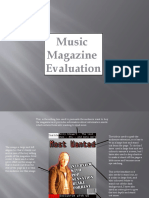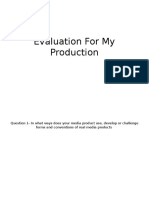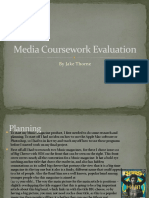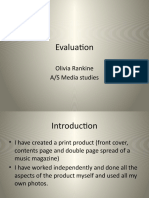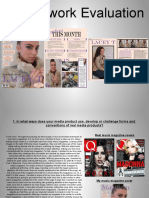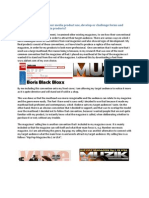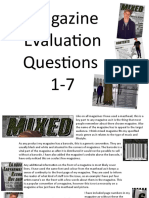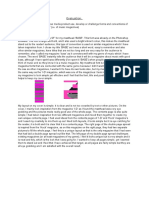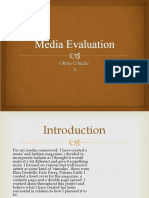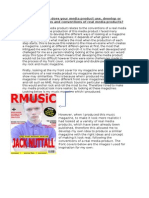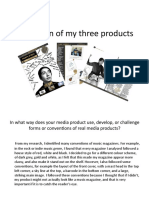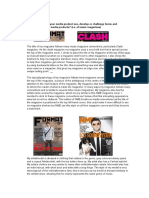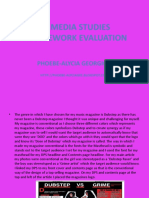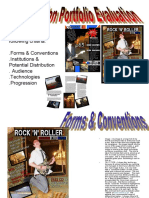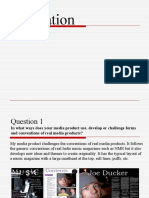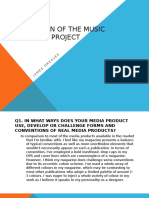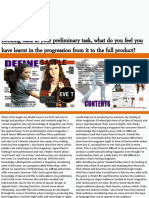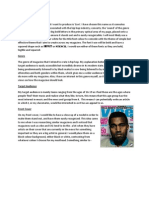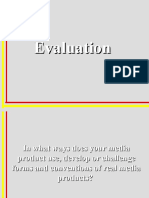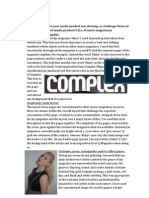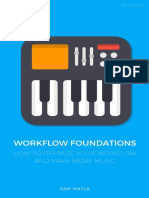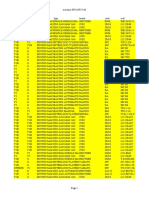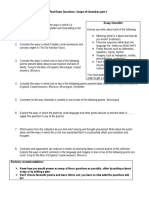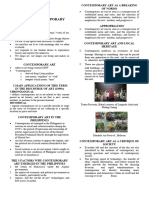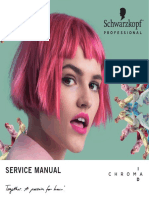0% found this document useful (0 votes)
2K views7 pagesHow The Artist Is Represented?
The document discusses how the student created a magazine to portray hip-hop artists and genre. They used clothing, poses, and camerawork to represent the artists as hip-hop icons. The title "Millionaire" was chosen to match the flashy style. Colors, fonts, and layout were designed to appeal to a younger audience interested in music and fashion. The student believes their skills in photography, design, and magazine production improved greatly over the course of the project.
Uploaded by
giorgiocfcCopyright
© Attribution Non-Commercial (BY-NC)
We take content rights seriously. If you suspect this is your content, claim it here.
Available Formats
Download as DOCX, PDF, TXT or read online on Scribd
0% found this document useful (0 votes)
2K views7 pagesHow The Artist Is Represented?
The document discusses how the student created a magazine to portray hip-hop artists and genre. They used clothing, poses, and camerawork to represent the artists as hip-hop icons. The title "Millionaire" was chosen to match the flashy style. Colors, fonts, and layout were designed to appeal to a younger audience interested in music and fashion. The student believes their skills in photography, design, and magazine production improved greatly over the course of the project.
Uploaded by
giorgiocfcCopyright
© Attribution Non-Commercial (BY-NC)
We take content rights seriously. If you suspect this is your content, claim it here.
Available Formats
Download as DOCX, PDF, TXT or read online on Scribd
/ 7





